Mold is a common household problem that can cause serious health issues and damage to your home. If left untreated, it can quickly spread and become a costly issue to resolve. Many people turn to dehumidifiers as a solution for controlling mold growth, but the question remains: does a dehumidifier actually kill mold?
In this blog post, we will delve into the effectiveness of dehumidifiers in killing mold and provide some tips for using them properly to prevent and control mold growth in your home.
What is Dehumidifier?
A dehumidifier is a household device designed to regulate and control humidity levels in your home. It works by removing excess moisture from the air, creating a drier environment that is less conducive to mold growth. Dehumidifiers are available in various types, including refrigerant and desiccant dehumidifiers, each using different mechanisms to achieve the same goal.
Refrigerant dehumidifiers, the most common type, use a compressor and refrigeration system to cool the air. As the air cools, moisture condenses and is collected for removal. On the other hand, desiccant dehumidifiers use a desiccant material like silica gel to absorb moisture from the air.
Regardless of the type, the primary function of a dehumidifier is to reduce the moisture content in the air, thereby preventing mold growth. By maintaining humidity levels between 30% to 50%, a dehumidifier creates an environment that is less favorable for mold spores to thrive.
While a dehumidifier can effectively control humidity levels and prevent mold growth in relatively dry and well-ventilated areas, it may not be sufficient to eliminate existing mold on its own. Additional measures such as cleaning and disinfecting the affected areas, fixing leaks, and improving ventilation are necessary to completely eradicate mold from your home.
How does Mold grow?
Mold is a pesky problem that can plague any home, and it's important to understand its causes to effectively combat it. Mold thrives in moist environments, making areas with high humidity, leaks, or poor ventilation particularly susceptible. It can grow on a variety of surfaces, such as walls, ceilings, carpets, and even furniture.
Many factors contribute to mold growth, including water damage from floods or leaks, condensation, and even simple everyday activities like cooking, showering, and doing laundry. Mold spores are tiny and can easily float through the air, finding their way into your home and taking root.
It's important to note that mold not only poses a threat to your home's structure but also to your health. Mold exposure can cause allergic reactions, respiratory issues, and other serious health problems. This is why it's crucial to address mold issues as soon as they arise.
By understanding the causes of mold growth, you can take the necessary steps to prevent it. This includes addressing any leaks or water damage, improving ventilation in areas prone to moisture, and using dehumidifiers to regulate humidity levels in your home.
How Does a Dehumidifier Work?
A dehumidifier is a device that helps to control the humidity levels in your home. But how exactly does it work?
Dehumidifiers work by pulling moisture from the air through a refrigeration or absorption process. The two most common types of dehumidifiers are refrigerant and desiccant dehumidifiers.
Refrigerant dehumidifiers use a compressor and refrigeration system to cool the air and condense moisture, which is then collected and removed. On the other hand, desiccant dehumidifiers use a desiccant material, such as silica gel or activated carbon, to absorb moisture from the air.
Regardless of the type, the main goal of a dehumidifier is to reduce the moisture content in the air, which helps to prevent mold growth. By maintaining humidity levels between 30% to 50%, you create an environment that is less conducive to mold growth.
It's important to note that dehumidifiers are not a one-size-fits-all solution for mold. They are most effective in preventing mold growth in areas that are already relatively dry and have good ventilation. However, if you already have existing mold, a dehumidifier alone may not eliminate it completely. In these cases, additional measures may be necessary to completely get rid of the mold.
Role of a Dehumidifier in Mold Prevention

When it comes to mold prevention, a dehumidifier can play a crucial role. As we mentioned earlier, mold thrives in moist environments, so reducing the moisture content in the air is key to preventing its growth. This is where a dehumidifier comes in.
By effectively removing excess moisture from the air, a dehumidifier creates an environment that is less conducive to mold growth. It helps to maintain humidity levels between 30% to 50%, which is considered the ideal range for mold prevention.
However, it's important to note that a dehumidifier is not a standalone solution. While it can be effective in preventing mold in areas that are already relatively dry and well-ventilated, it may not eliminate existing mold on its own. Additional measures may be necessary to completely get rid of the mold, such as cleaning and disinfecting the affected areas.
Why a Dehumidifier Alone Might Not Eliminate Existing Mold?
While a dehumidifier can be effective in preventing mold growth, it may not eliminate existing mold on its own. This is because a dehumidifier only controls the moisture levels in the air, but it does not address the root cause of the mold problem. If you already have mold in your home, simply using a dehumidifier will not be enough to completely get rid of it.
Mold growth is often a result of underlying issues such as water leaks, poor ventilation, or high humidity levels in specific areas. These factors must be addressed to eliminate the source of moisture that mold needs to thrive. In addition to using a dehumidifier, it is important to identify and fix any leaks, improve ventilation in problem areas, and address any other sources of moisture.
To effectively eliminate existing mold, you will need to take additional measures such as cleaning and disinfecting the affected areas. This may involve using mold-killing products or hiring professional mold remediation services for more severe cases. Remember to wear protective gear and follow proper safety precautions when dealing with mold.
While a dehumidifier is an important tool in mold prevention, it should be used in conjunction with other measures to completely get rid of existing mold and ensure a home environment free of health risks.
Effective Measures to Completely Get Rid of Mold
To completely get rid of mold, it's important to take effective measures in addition to using a dehumidifier. While a dehumidifier can help control moisture levels in the air, it won't eliminate existing mold on its own. Here are some steps you can take to completely eradicate mold from your home.
First, it's crucial to identify and fix any sources of moisture that are contributing to mold growth. This may involve repairing leaks, improving ventilation, or addressing any other issues that are causing excess moisture levels in the air.
Next, you'll want to thoroughly clean and disinfect the affected areas. Use a solution of water and detergent to scrub away visible mold, making sure to wear protective gear such as gloves and a mask. For stubborn mold, consider using mold-killing products or hiring professional mold remediation services.
After cleaning, it's important to prevent mold from returning. This can be done by keeping indoor humidity levels in check with the help of a dehumidifier. Additionally, proper ventilation, regular cleaning, and maintenance can go a long way in preventing mold growth.
Remember, completely getting rid of mold requires a comprehensive approach. By addressing the root causes of mold, thoroughly cleaning affected areas, and implementing preventative measures, you can ensure a mold-free and healthy home environment.
Keeping Your Home Healthy - Other Methods to Complement Dehumidification
While a dehumidifier is an essential tool in preventing mold growth, there are other methods you can use to complement its effectiveness and keep your home healthy. One important step is to improve indoor air quality in your home. Proper airflow helps to prevent moisture buildup and discourages mold growth. You can achieve this by opening windows, using exhaust fans in bathrooms and kitchens, and ensuring that air vents are clear of obstructions. Additionally, regularly cleaning and maintaining your HVAC system can help prevent mold growth by reducing the presence of dust mites and allergens.
Another effective method is to regularly inspect your home for any leaks or water damage. Repairing leaks promptly and addressing any areas where water might be seeping in is crucial in preventing mold growth. It's also important to properly insulate your home to prevent condensation and reduce humidity levels.
Maintaining cleanliness is another key factor in preventing mold. Regularly clean and dry any areas prone to moisture, such as bathrooms and kitchens, and remove any mold or mildew as soon as it appears. Using mold-resistant products for surfaces and materials in high-moisture areas can also be helpful.
Finally, monitoring and controlling humidity levels in specific areas of your home can be beneficial. Consider using standalone dehumidifiers in areas with high humidity, such as basements or laundry rooms, to complement the efforts of your main dehumidifier.
By implementing these additional methods along with the use of a dehumidifier, you can create a healthy home environment that is resistant to mold growth and other related issues.

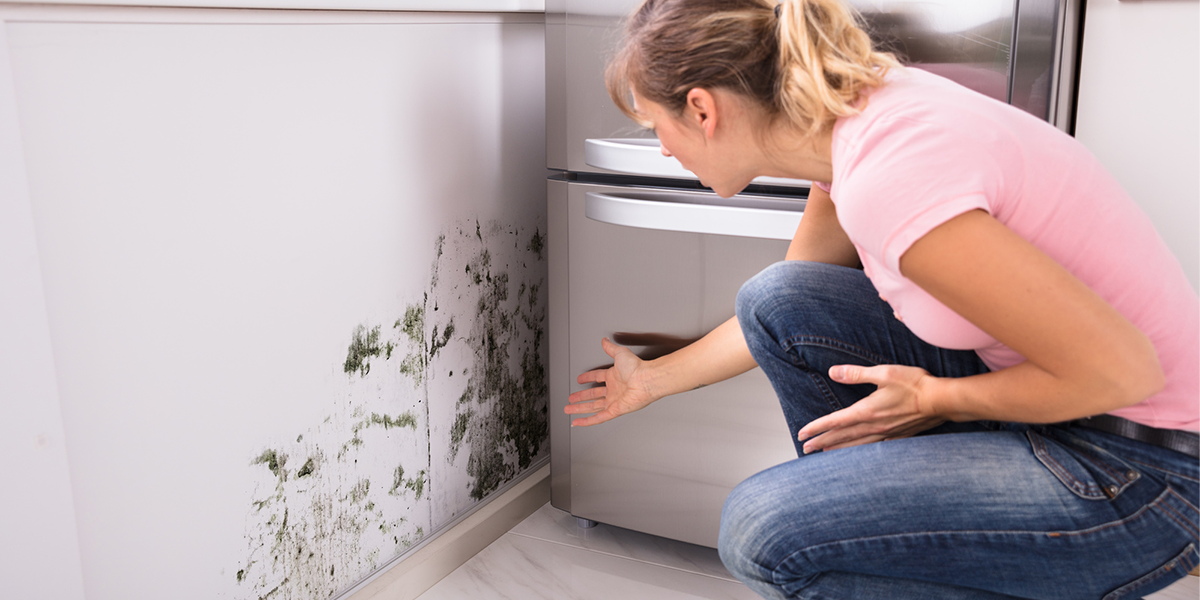
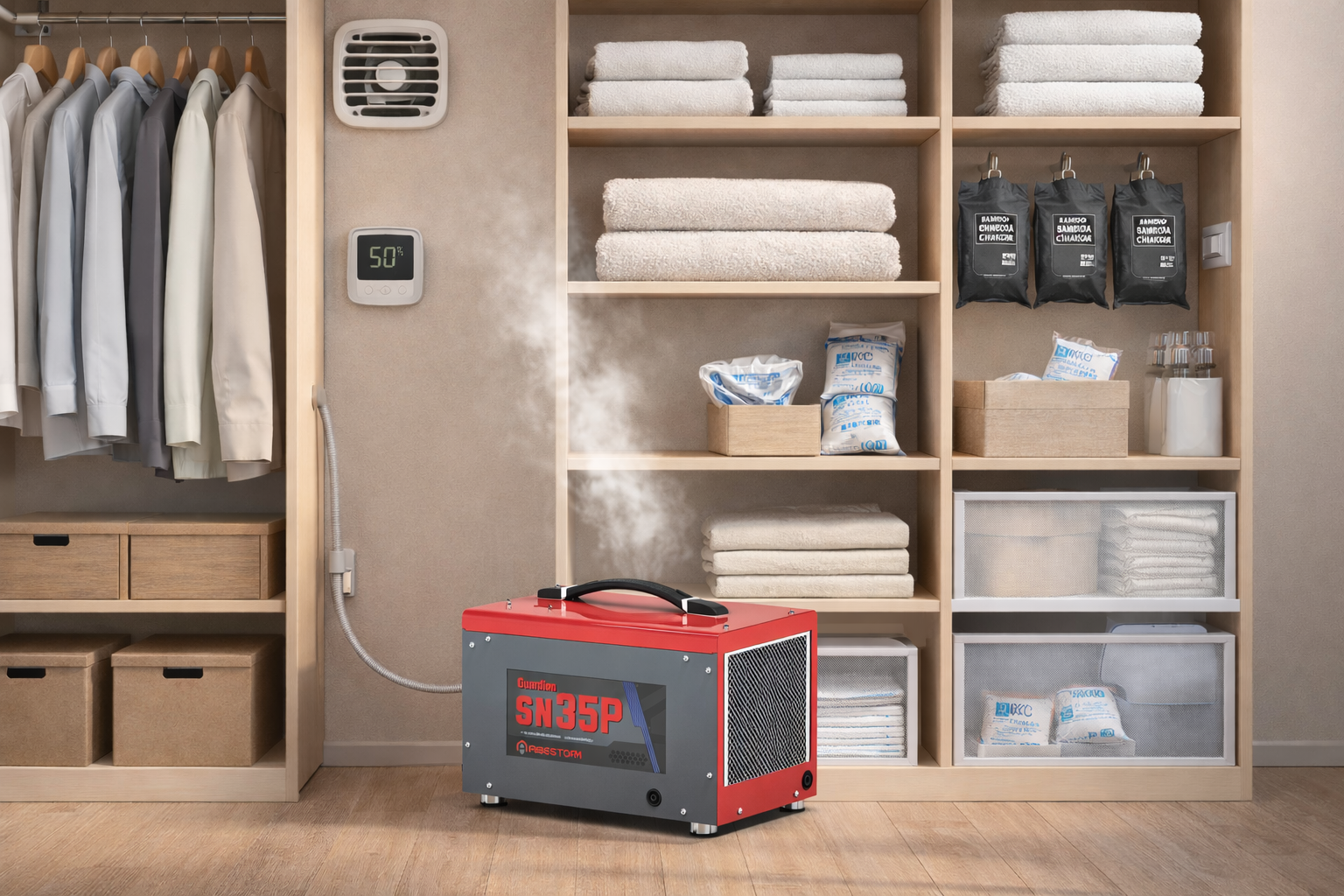
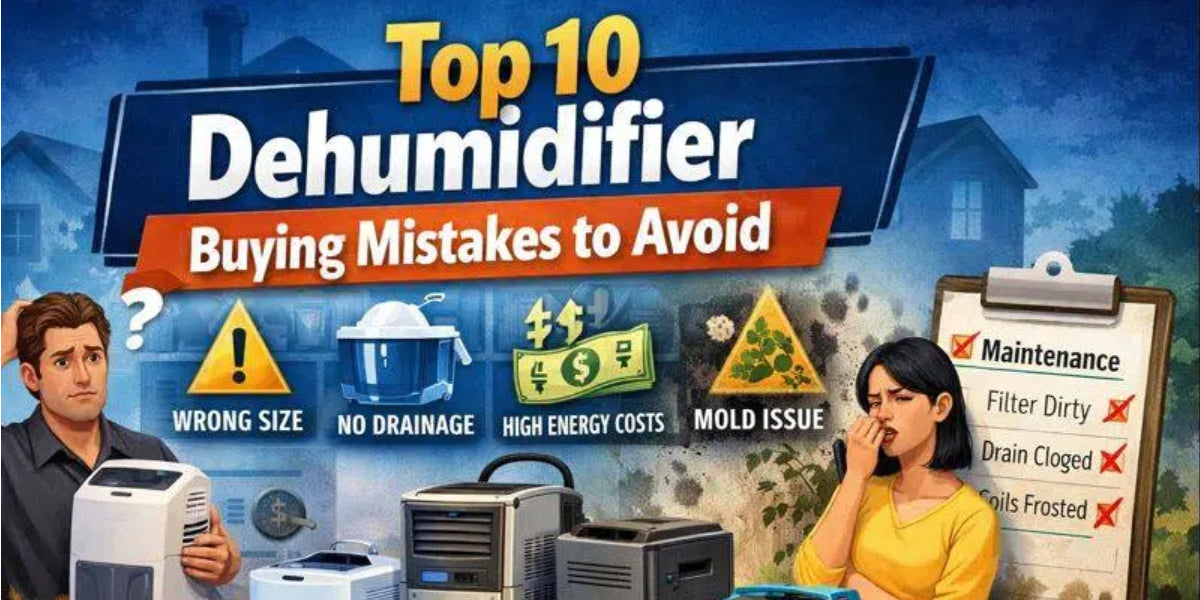
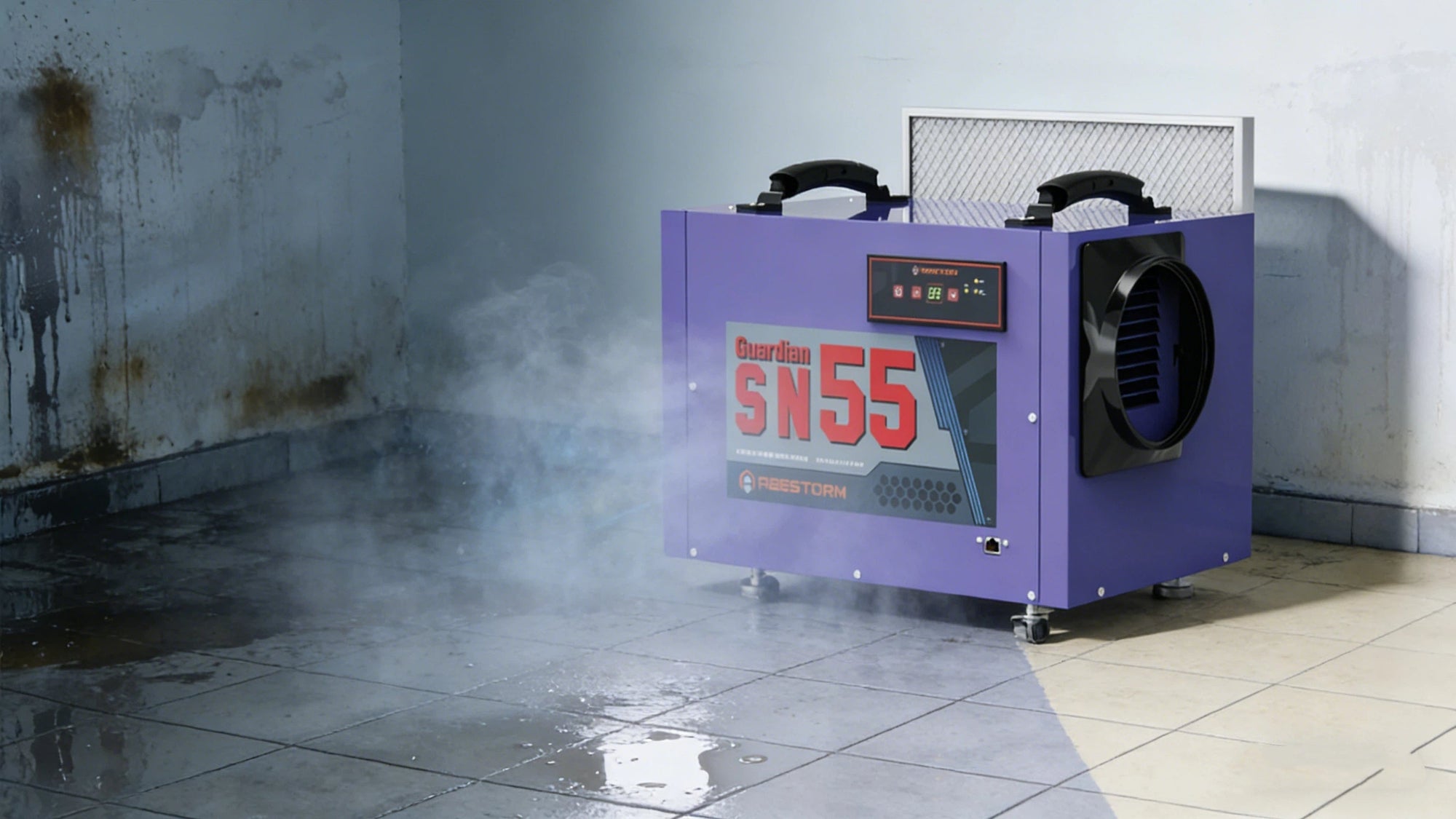
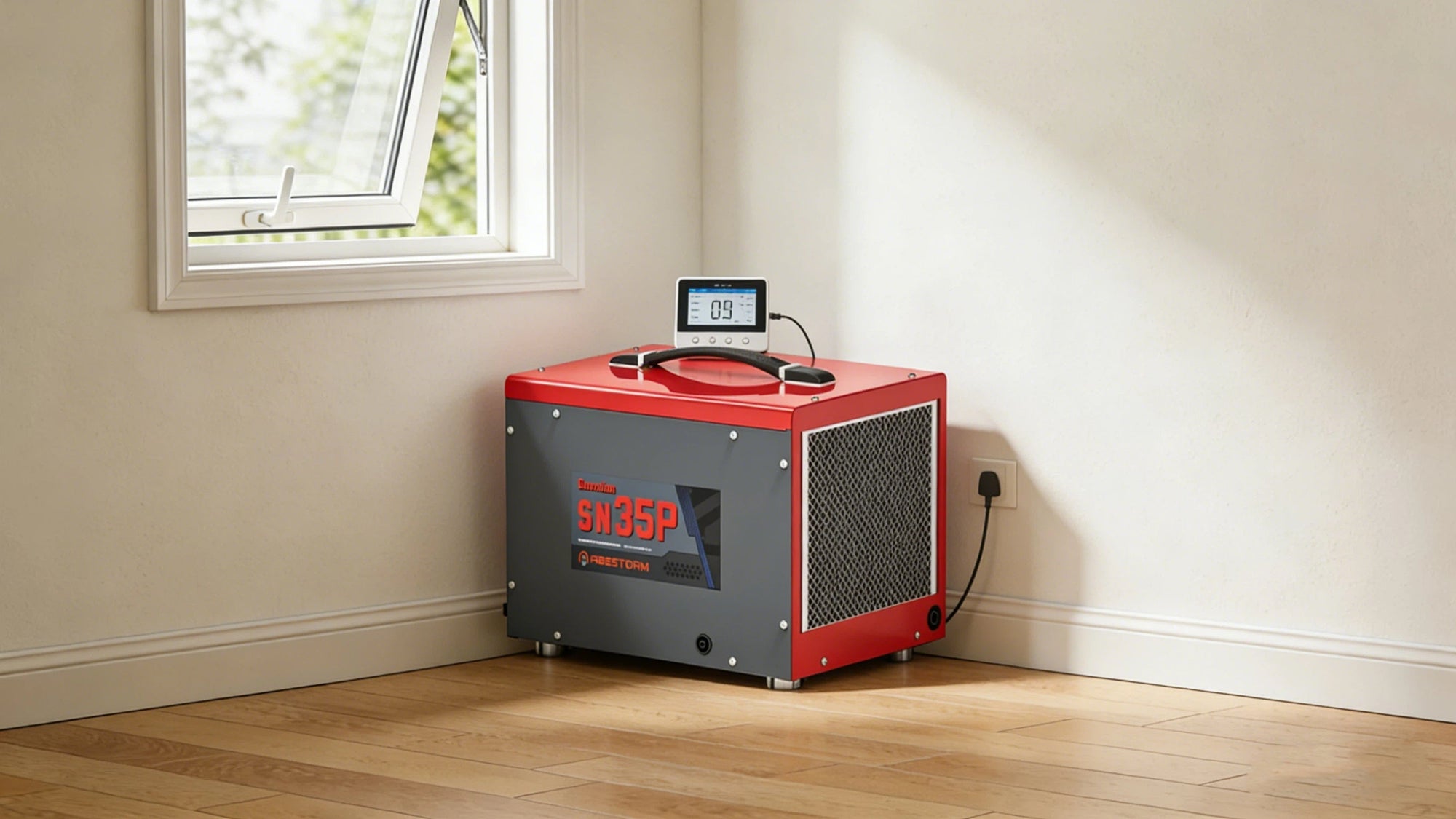


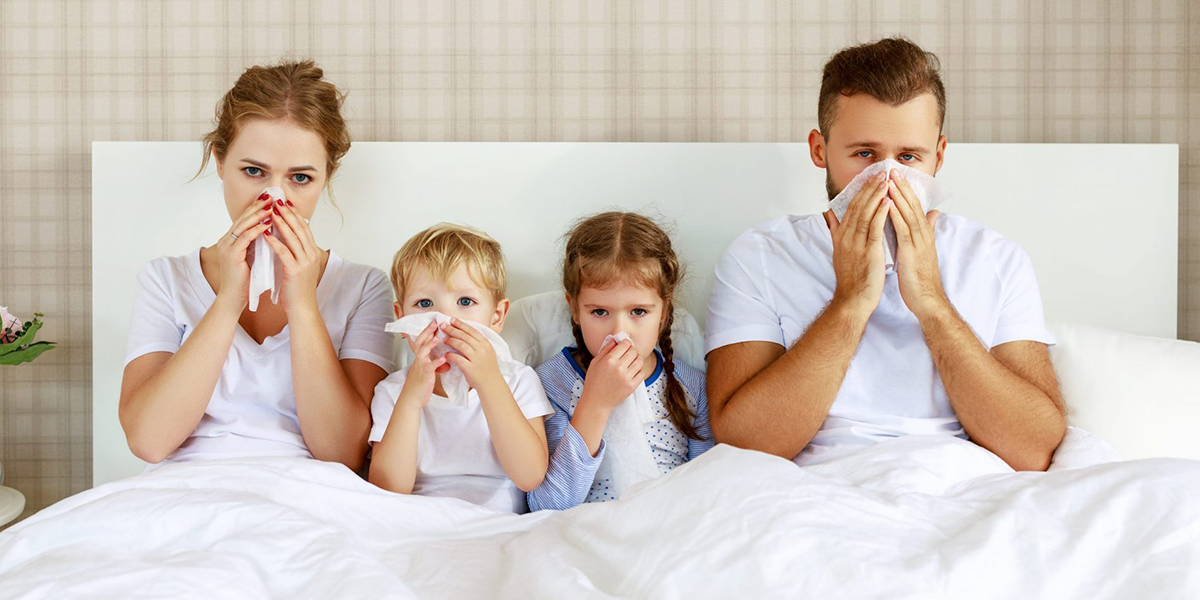
Shop For Dehumidifier
Abestorm 170 PPD 2,100 Sq.Ft Commercial Dehumidifier with Pump and Drain Hose | Hurricane 800
Abestorm 180 PPD 2,300 Sq.Ft Commercial Dehumidifier with Pump and Drain Hose | Hurricane LGR85
Abestorm 264 PPD 3,000 Sq.Ft Commercial Dehumidifier with Pump and Drain Hose | Hurricane 125P
Abestorm 180 PPD 2,300 Sq.Ft Commercial Dehumidifier with Pump and Drain Hose | Hurricane 850